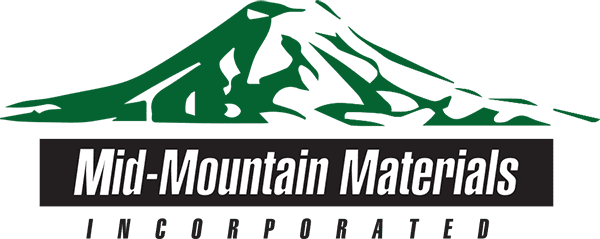Utilized within kilns, industrial chimneys and furnaces to offer protection against heat, moldable refractory cement is an insulating material that is extremely flexible and has a high moldability. This means it can be turned into different shapes individually tailored to their environments. As it can resist extensive amounts of heat, including temperatures over 3632°F /2000°C, moldable refractory cement is used in high-temperature patching and sealing. It can also be utilized to fill holes and cracks, as well as areas which can be inaccessible.
The Composition of Moldable Refractory Cement
Moldables vary based on their intended application. However, certain materials are required to ensure the cement has key attributes. Firstly, it must contain refractory aggregates, such as silicon carbide, ceramic clay, zirconia, or calcined alumina, as these materials can resist heat. These cements should also contain an agent for bonding, such as sulfate, sulfur, phosphate, or silicate, which can ensure the binding between the refectory aggregates is robust and can withstand thermal shock.
The Unique Capabilities of Moldable Refractory Cement
One of the key differences between moldable refractory cement and other refractory materials is its moldability. Other materials, like refractory bricks, do not have the adaptability of moldable refractories. This means it can be formed to fit a range of voids and crevices. Alongside this, it offers the ability to withstand thermal shock, ensuring that it can eliminate crack formation. Therefore, if it is applied in a refractory lining, it can ensure that it remains robust. Moldable refractory cement will not deteriorate when it is in contact with chemicals, including alkalis and acids. Because of its low thermal conductivity, it can also offer excellent insulation and resist increased temperatures.
An Overview of High-Temperature Patching and Sealing
Ultimately, high-temperature patching and sealing involves certain materials, fillers or sealants as protection within environments that experience high levels of heat. It does this by filling in cracks, joints, and gaps.
By using high-temperature patching and sealing materials on equipment, there is the opportunity to improve their:
- Length of operation
- Ability to withstand corrosion
- Thermal insulation.
Applying Moldable Refractory Cement in High-Temperature Patching and Sealing
When used in high-temperature patching and sealing, the capabilities of moldable refractory cement make it the perfect defense against heat and corrosion for industrial devices. It can also be used on materials like metal or firebrick. Furthermore, this material can form a seal to stop potential leaks or the emergence of fumes or smoke.
Specific examples of where moldable refractory cement can be used for high-temperature patching and sealing include:
- Furnaces, Boilers, and Gas Fireplaces: Sealing voids and cracks.
- Aluminum Manufacturing: Filling the cavity of cathode bar seals and coatings and linings for molten aluminum transfer.
- Power Plant Boilers: Mending refractory linings to improve a boiler’s effectiveness.
- Kilns: Restoring kiln linings to improve the useability and distribution of heat within the tools.
- The Lining of Industrial Chimneys: Defending the interior of chimneys in waste incinerators or cement plants against harm.
The Benefits of Using Moldable Refractory Cement for High-Temperature Patching and Sealing
Outside its moldability for specific spaces, great thermal insulation attributes, and ability to withstand heat, moldable refractory cement is extremely useful for high-temperature patching and sealing because it can be:
- Fixed to different materials, including metals, fibers, and ceramics, to create an effective barrier.
- Used as a defense against molten metal, corrosion, and fire.
- Simple to use even with difficult surfaces, as it can be added with a trowel or spatula.
Thermoseal® Refractory Moldables from Mid-Mountain Materials, Inc.
Looking after tools and technologies that encounter extensive amounts of heat requires a high-temperature patching and sealing process incorporating the right materials. Moldable refractory cement can offer the protection needed for these tools to keep functioning, especially as it can be tailored to suit different configurations. This means that it can be applied to gaps and cracks, while defending against heat.
Thermoseal® Refractory Moldables are available for those searching for these types of materials. They can be used in numerous high-temperature sealing applications and have a variety of consistencies and formulations for specific applications. Moldables include pumpable, like the Thermoseal® M22, non-wetting, and dry, such as Thermoseal® M22 dry moldable. Browse through our Thermoseal® Refractory Moldables page to learn more about these products.
Shield Your Equipment With Moldable Refractory Cement Through a High-Temperature Patching and Sealing Process
Moldable refractory cement is a material with a vast array of capabilities. From protecting devices against heat and offering thermal insulation, to having their flexible moldability helping them to fit specific shapes, this material is extremely versatile and can be used in numerous applications, including sealing and repairing boilers, kilns, and furnaces. For more information on moldable refractory cement, visit our blog page. There is additional detail on refractory cements, moldables, and coatings. We also consider their place in the aluminum industry. Utilizing moldable refractory cement can offer the protection your equipment needs. Speak with our experts to find the perfect moldable refractory cement for you and your intended application.

